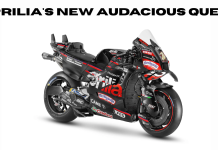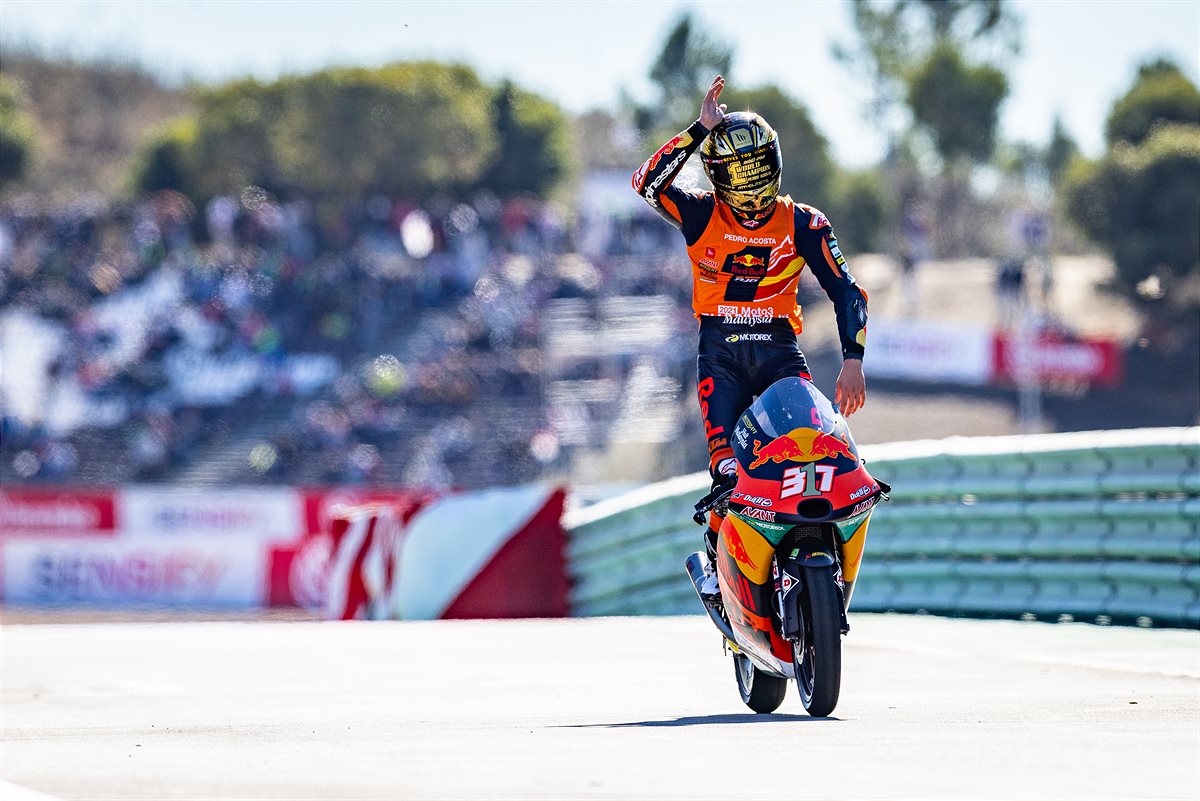The birth of the Lamborghini Miura in 1966 changed the landscape of high-performance sports cars forever. Until moment, no car successfully merged stunning design with groundbreaking engineering.
The Miura, designed by Bertone and featuring a mid-engine layout, set the template for what became known as the supercar. Its influence on the automotive world cannot be overstated, and its legacy endures today.
This article delves into how the Lamborghini Miura revolutionized the industry. We explore its technical innovation, design philosophy, and lasting impact on the world of supercars. It’s a story of a car forever altered automotive history.
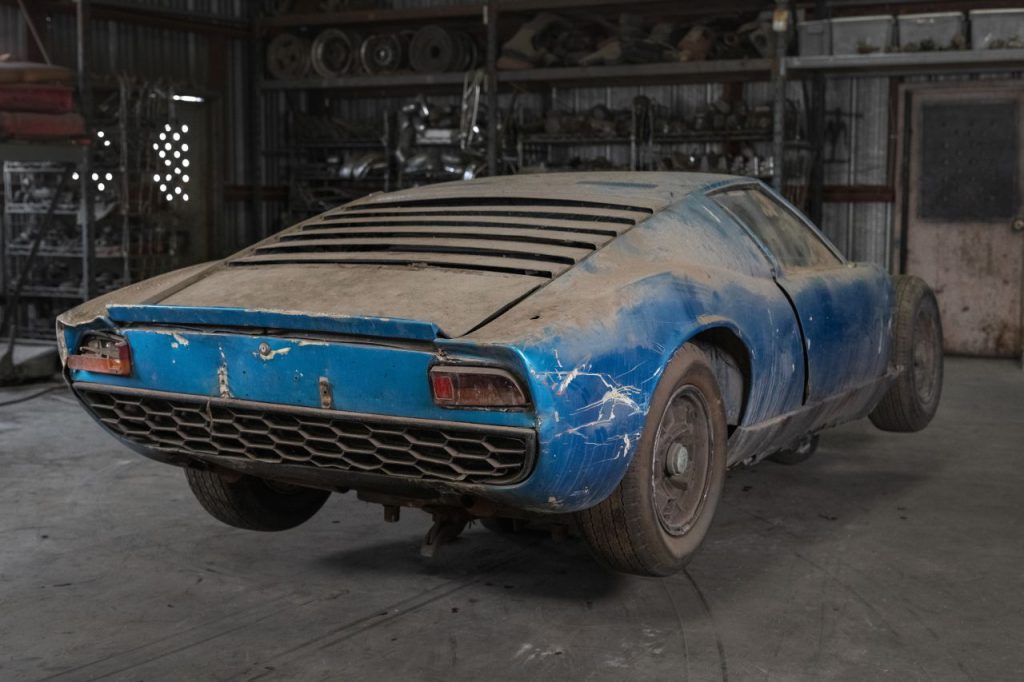
Designing an Icon: The Role of Bertone and Gandini
At the heart of the Miura’s allure was its design, and no one played a more significant role than Marcello Gandini of the Bertone design house. The sleek, aggressive lines of the Miura made it a visual masterpiece. It looked like nothing else on the road at the time. The low-slung body, wide stance, and sharp edges made it appear fast, even when standing still.
Gandini’s genius in automotive design lay in creating something felt otherworldly yet practical for production. The Miura became an engineering marvel wrapped in an artistic shell. Its design influenced countless vehicles since, including Lamborghini’s future models.
Bertone’s choice to use a mid-engine layout, with the V12 sitting transversely behind the driver, was radical. At a time when most performance cars used front-engine layouts, this decision was groundbreaking. It improved the car’s weight distribution, giving it unparalleled handling.
The exterior design was completed by fine details, like the famous “eyelashes” around the headlights. These features, paired with the car’s silhouette, ensured the Miura’s place in automotive design history.
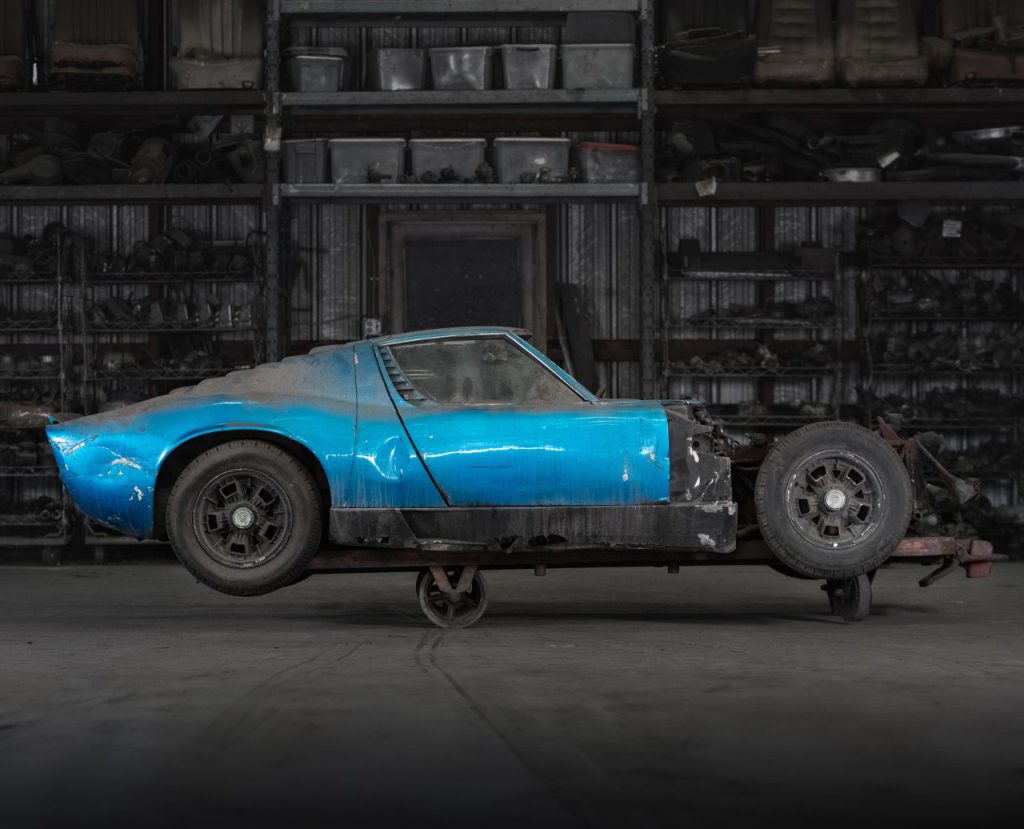
Engineering Prowess: The Work of Dallara and Stanzani
Behind the Miura’s stunning appearance was a team of brilliant engineers. Gian Paolo Dallara and Paolo Stanzani were key players in developing the Miura’s groundbreaking mechanical features. Their engineering expertise allowed Lamborghini to produce a car fast in a straight line and thrilling in corners.
The Miura featured a 4.0-liter V12 engine, a marvel of its time. With 370 horsepower in the later P400 S model, it reached speeds unheard of in road cars. The Miura accelerated from 0 to 60 mph in 5.5 seconds and had a top speed of 168 mph. An extraordinary feat in the late 1960s.
The mid-engine layout, paired with the car’s rear-wheel drive, gave it handling characteristics unlike any other car at the time. It made the Miura feel nimble, despite its powerful V12 engine. Bob Wallace, Lamborghini’s chief test driver, played a significant role in refining the Miura’s chassis and suspension setup. His expertise in fine-tuning the car ensured a balanced driving experience.
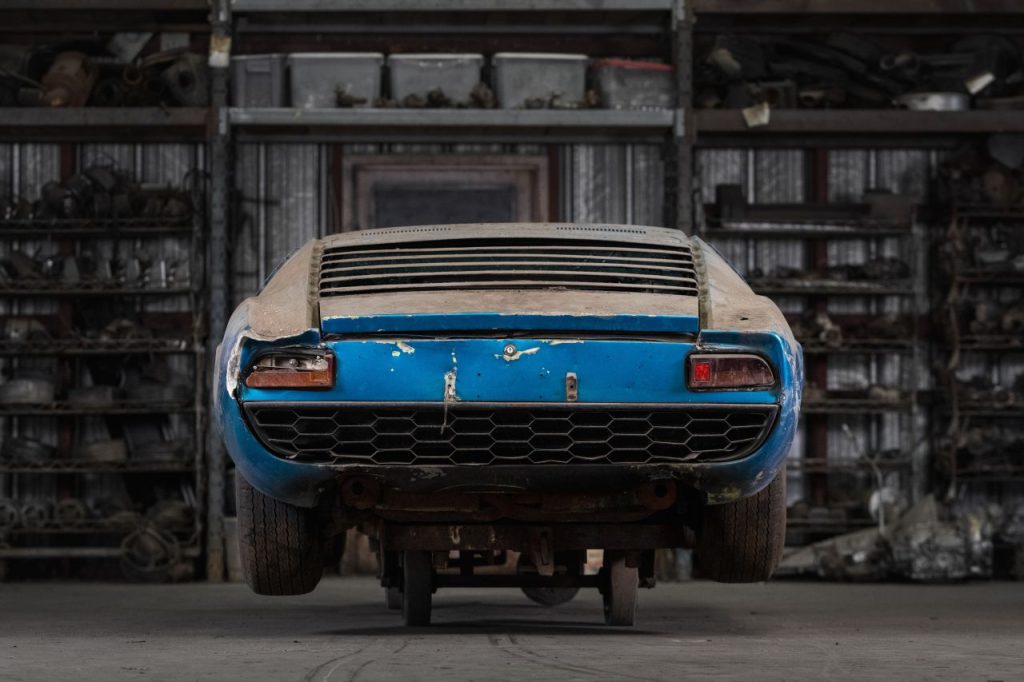
P400 S: Refining the Miura Formula
In 1968, Lamborghini introduced the Miura P400 S, an evolution of the original model. While retaining the original’s stunning design, the P400 S featured several updates. These included chrome headlight bezels, chromed exterior window trim, and the addition of the “S” badge on the rear.
Inside, the P400 S received a refined interior, with higher-quality materials and a revised instrument layout. Power windows were introduced, adding a touch of luxury to the Miura’s performance-focused interior. These updates made the P400 S comfortable and livable for everyday driving without sacrificing performance.
The drivetrain of the P400 S saw significant improvements. Lamborghini managed to coax an additional 20 horsepower from the 4.0-liter V12 engine by installing higher-lift camshafts with revised timing and adding four Weber carburetors. This brought total power output to 370 horsepower, making the Miura even more potent.
Changes to the suspension further enhanced the Miura’s impressive handling. The original Armstrong shock absorbers were replaced by Koni units, offering better control and stability at high speeds. These improvements made the P400 S faster, predictable, and enjoyable to drive.
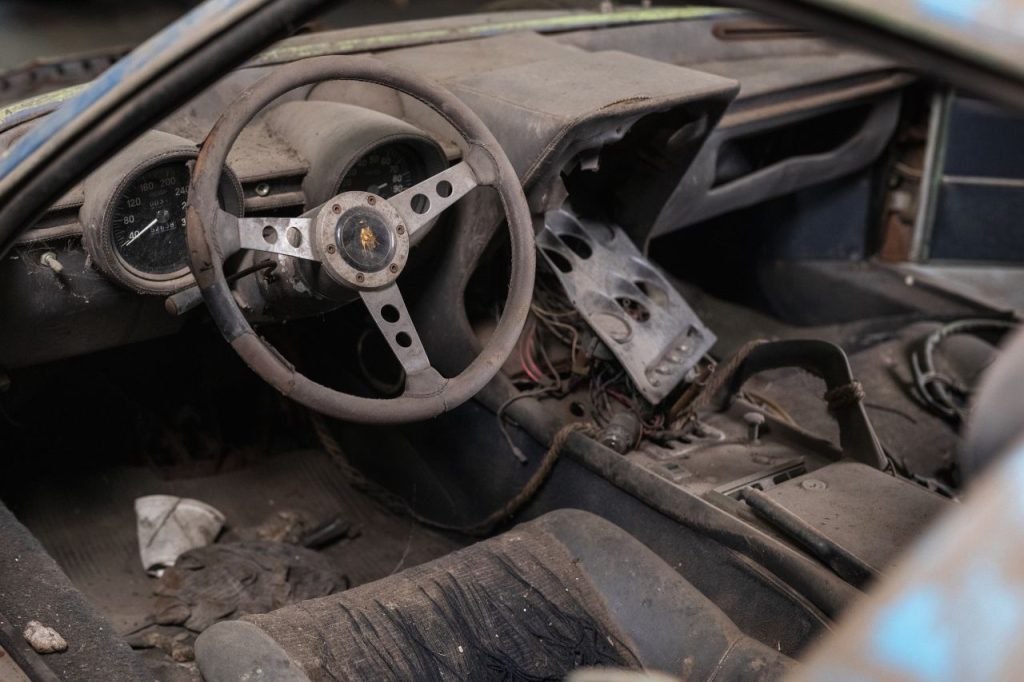
The Miura’s Legacy: Setting the Standard for Supercars
The Miura’s impact on the automotive industry is undeniable. It wasn’t just fast—it was revolutionary. Lamborghini set a new benchmark for high-performance cars. It became the blueprint for future supercars, influencing Lamborghini’s lineup and its competitors.
The mid-engine layout pioneered by the Miura has since become the standard for almost all high-performance cars. Today, cars like the Ferrari 488, McLaren 720S, and Lamborghini’s own Aventador owe their design philosophy to the Miura. In the 1960s, no one could predict the impact this car would have.
Beyond technical innovations, the Miura changed how people thought about sports cars. A car had to be beautiful, technically innovative, and exclusive. The Miura offered a level of desirability previously unattainable in road cars, making it a status symbol as much as a performance machine.
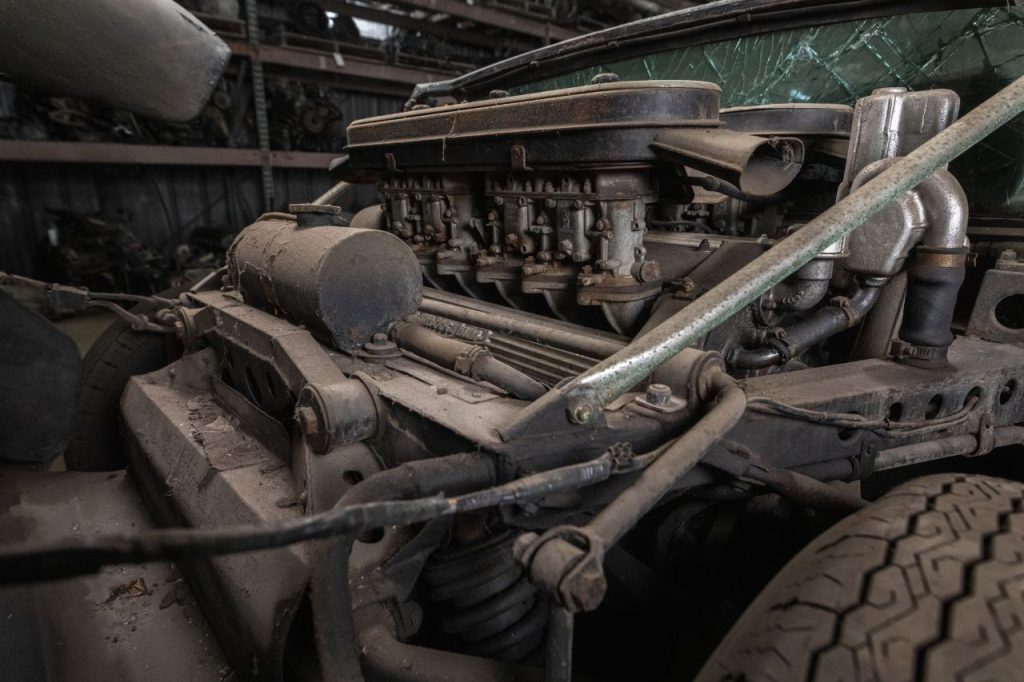
Unrestored Originals: The Rarity of Miura P400 S 4070
Today, finding an unrestored Lamborghini Miura remains incredibly rare, making cars like the P400 S chassis 4070 even more valuable. This specific Miura, residing in the same collection for 46 years, offers a fascinating glimpse into the history of one of the world’s most iconic cars.
Originally delivered in 1969, chassis 4070 was specified in Giallo Fly over a Bleu leather interior. Interestingly, records suggest the car was repainted in Bleu by the factory before delivery, making it a unique example of a Miura with factory-applied paintwork.
What makes chassis 4070 even more remarkable is its state of preservation. Despite being involved in a front-end collision in the late 1970s, the car remains untouched since then. Its original engine, chassis, and much of its bodywork remain intact, making it a highly sought-after example for collectors.
The car’s provenance, having spent nearly half a century in a private collection, adds to its mystique. It’s not just any Miura—it’s a piece of automotive history waiting to be restored.
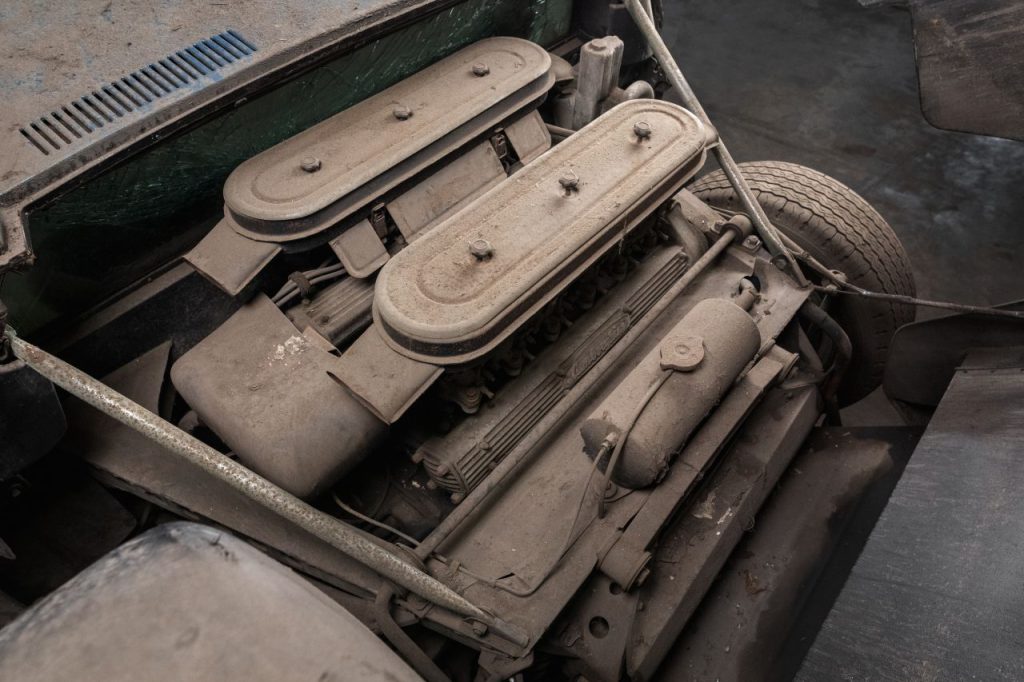
Conclusion: The Miura’s Lasting Influence
The Lamborghini Miura will always be remembered as the car redefining what a supercar could be. From its groundbreaking design to revolutionary engineering, the Miura leaped forward for the entire automotive industry. It remains an icon not just for Lamborghini but for all car enthusiasts who value beauty, performance, and innovation.
The Miura’s influence is felt in today’s supercars, and its legacy continues. As cars like chassis 4070 remind us, the Miura isn’t just a car—it’s a legend. For the lucky few who own one, it represents a dream realized, a piece of automotive history never to be forgotten.
In a world full of high-performance machines, the Miura stands out as a true masterpiece, a car always holding a special place in the hearts of enthusiasts worldwide. Its combination of design, engineering, and sheer presence ensures its place in the pantheon of automotive greats.
Whether restored to its original glory or preserved in its unrestored state, the Miura will always represent the pinnacle of what a supercar can be—a perfect blend of art and engineering.




